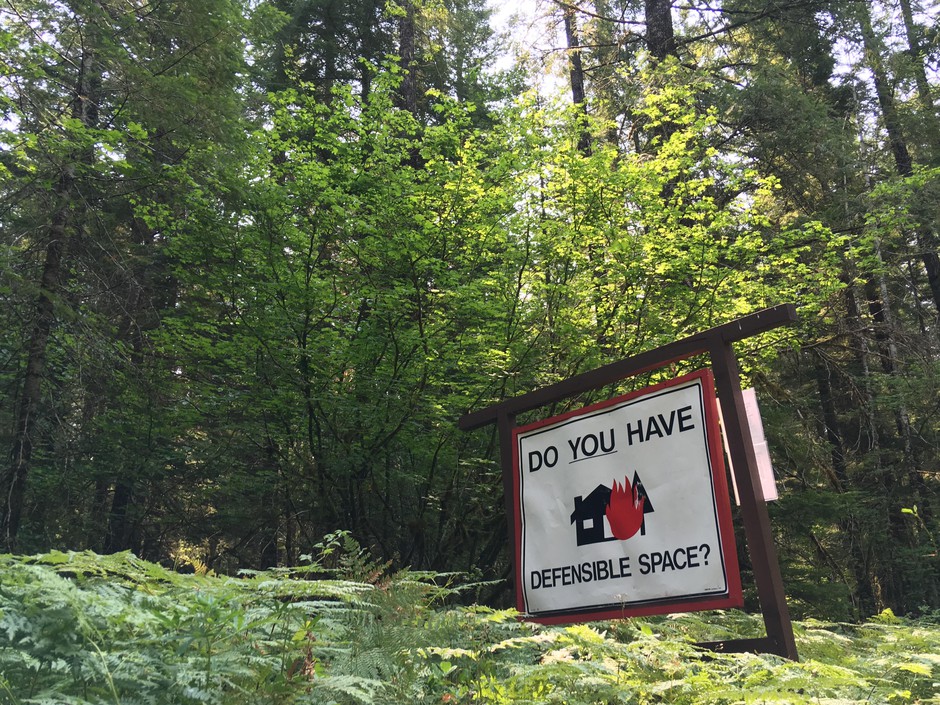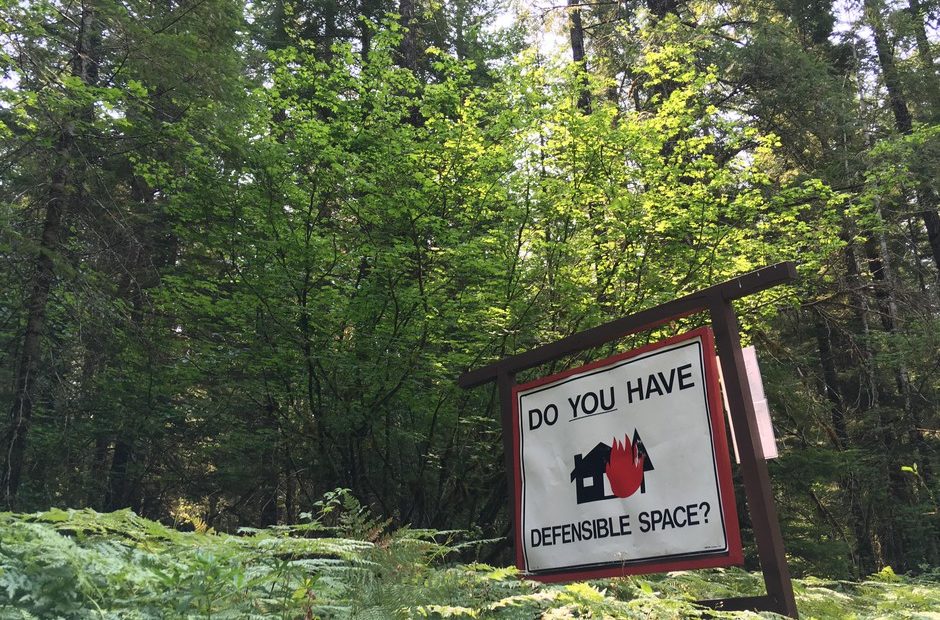
Federal Officials Seal Deal With Washington Agencies On Forest-Protection Measures
Read On
State and federal officials signed an agreement Wednesday to protect Washington’s forests and wildlife. The plan would combine resources to fight destructive wildfires, threats to forest health and challenges faced by salmon and orcas.
“If we’re going to prevent the Evergreen State from turning brown, we must begin to coordinate, collaborate and work tirelessly to change the trajectory of these forests as one team,” said Hilary Franz, Washington’s lands commissioner and head of its Department of Natural Resources.
The Shared Stewardship Agreement was signed by officials from DNR, the Washington Department of Fish and Wildlife, the U.S. Forest Service and the regional forester.
The plan “establishes a framework” to reach certain goals. It seeks to make forests less vulnerable to wildfires, insects, disease and droughts. It also would protect the waters of Puget Sound and protect fish and wildlife.
The agreement would allow the various departments to take more of a landscape-based approach to conservation, said Kelly Susewind, Washington Department of Fish and Wildlife director.
“We tend to drive at these things in our narrow little previews and do good work, but we do not connect it on the landscape-scale,” Susewind said.
Timing is also key, Susewind said, as the climate warms and more people move into the state.
The goal would be to move away from small, individual forest projects to larger, more targeted restoration efforts.
“We have to protect what we have left, and we have to restore what we have lost,” he said.
This stewardship agreement, Franz said, is critical to implementing the state’s 20-Year Forest Health Strategic Plan. To make forests more fire resilient, that plan would restore 1.25 million acres of forest in central and eastern Washington.
Washington’s stewardship agreement is the second of its kind; Idaho officials signed a similar plan last December.
The stewardship strategies are the result of a U.S. Department of Agriculture Forest Service report out last August, which said the federal government would work with states to prioritize the most effective forest projects. It would “use all available tools” to manage forests, including timber harvest, non-commercial forest thinning and prescribed fires.
“We know the health of our forests are declining. The benefits of the watersheds and wildlife habitat that come off those forests are in peril. We can’t keep doing the same thing we’ve always done and expect a different outcome,” said Forest Service Chief Vicki Christiansen.
These types of large-scale partnerships are important for the amount of restoration work that needs to happen in the state, said James Schroeder, the director of conservation for The Nature Conservancy in Washington.
Traditionally, one landowner would complete forest restoration projects on their land, he said. Those ownerships are patchy. You could walk through Department of Natural Resources land onto Department of Fish and Wildlife land on one hillside. Usually that meant forest projects were smaller, based on owners and not on ecology.
Schroeder said he’s optimistic this partnership will make it easier to do cross-ownership restoration.
“It positions us to do more, bigger projects in the future,” Schroeder said. “The idea is that you solve a problem that is interconnected by taking an approach that brings partners together.”
Related Stories:
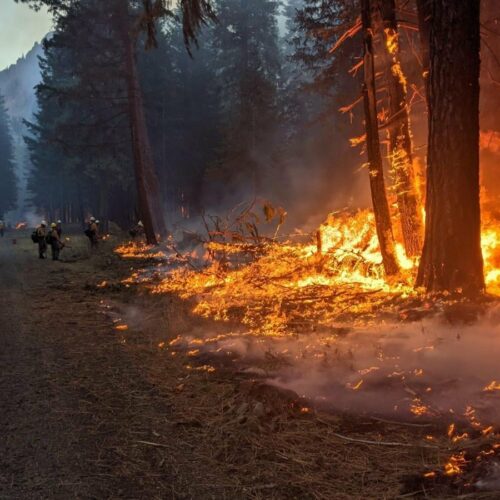
Federal government allocates over $6 billion to wildfire technology and management
Lawmakers are allocating over $6 billion this fiscal year to support the Department of the Interior and the United States Forest Service in wildfire response.
It’s an increase of 14% from the last year’s funding, and will support wildfire suppression, operations and a new research hub to aid fire management. This fiscal year, the forest service will see an increase of $576 million in available funding for wildfire response.
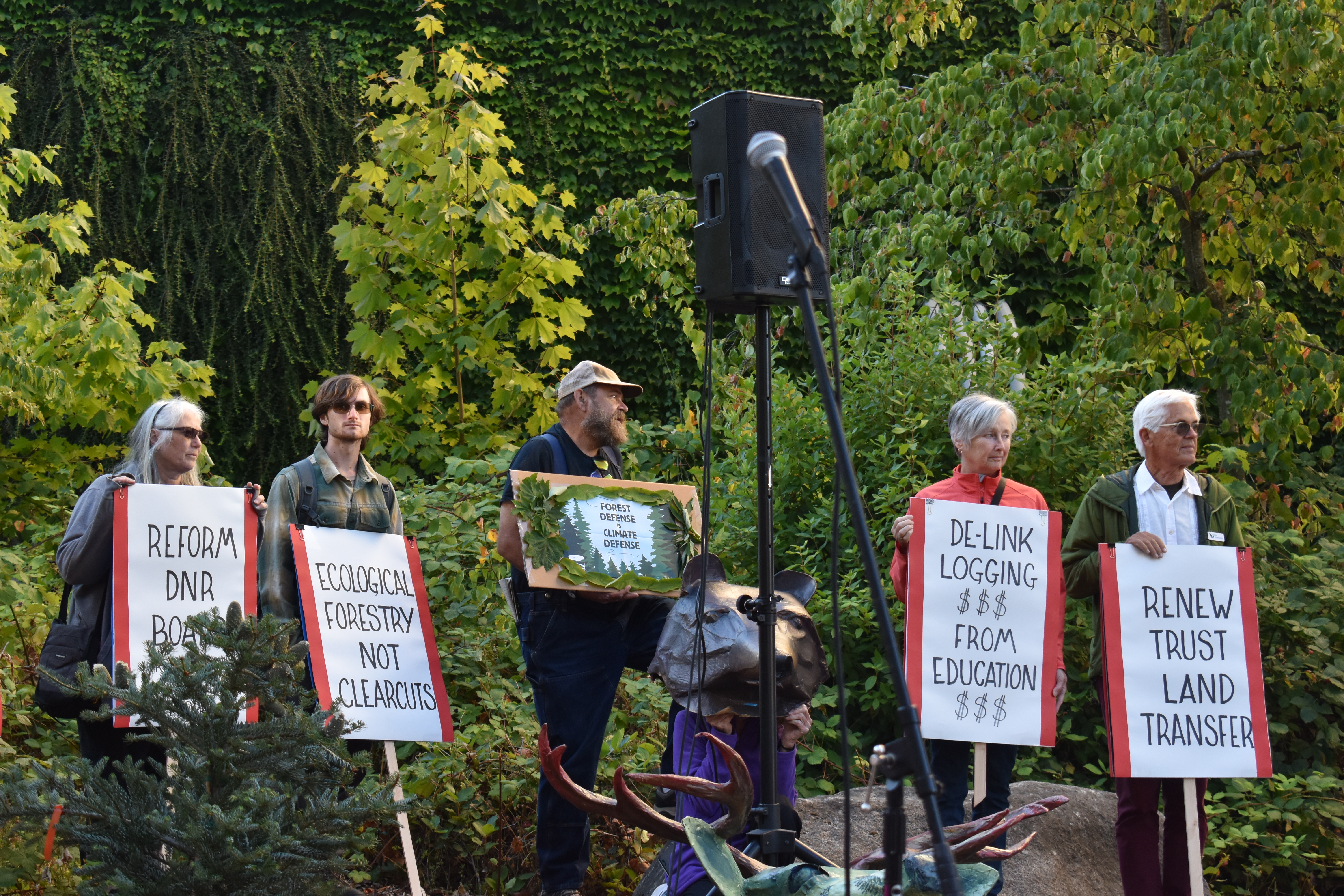
Rally Outside Board Of Natural Resources Meeting Demands Board To Address Call To Action
Hundreds gathered outside the Board of Natural Resources meeting in Olympia this week to demand the board make further commitments to forest conservation.
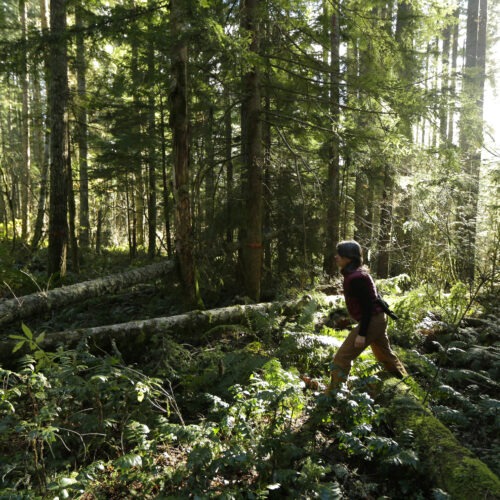
“Prepare For Higher Than Average Fire Season,” Says Washington Forest Protection Association
Paula Swedeen, a forest policy specialist for the Washington Environmental Council, walks through forest land adjacent to Mount Rainier National Park. (AP Photo/Ted S. Warren) Listen Reporter Lauren Paterson tells

